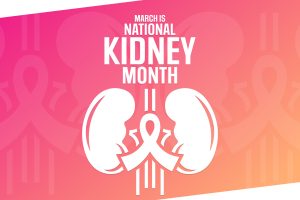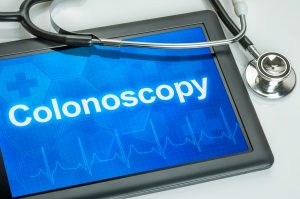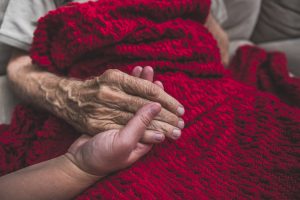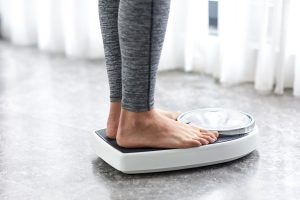 Stress is a common trigger for rheumatoid arthritis flare-ups, during which symptoms such as pain, swelling, and joint stiffness worsen for a temporary period of time. The factor most closely linked to the onset of flare-ups is the inflammatory response of your immune system to stress. Inflammation is the primary means by which rheumatoid arthritis damages your joints over time.
Stress is a common trigger for rheumatoid arthritis flare-ups, during which symptoms such as pain, swelling, and joint stiffness worsen for a temporary period of time. The factor most closely linked to the onset of flare-ups is the inflammatory response of your immune system to stress. Inflammation is the primary means by which rheumatoid arthritis damages your joints over time.
Once a flare-up has been triggered, your arthritis symptoms may contribute to the amount of stress you experience, creating a cycle that causes both issues to worsen over time and disrupts daily activities and movement.
There are certain steps you can take to manage your stress levels and reduce the frequency of your rheumatoid arthritis flare-ups. These include:
Following a regular exercise routine: Regular physical exercise can be significantly helpful for both stress reduction and increased joint mobility. Your routine should include strength exercises, cardio, and stretching to improve flexibility and reduce your chances of injury.
Targeting work-related stress: Twenty-five percent of Americans report that their workplace is the number one cause of stress in their lives. Make sure to pace yourself with periodic breaks throughout your work day, take time to move around and stretch, and make a point of tackling any specific problems that are stressing you out (such as a delayed project or a dispute with a coworker) directly in a calm, reasoned way.
Talking to a doctor: If you experience symptoms of rheumatoid arthritis, you should work with a rheumatologist to manage your physical symptoms and find the most effective treatment approach for you. Additionally, if you experience chronic stress, you should work with a psychiatrist to determine the root causes and the best way to approach them.
You can schedule an appointment with a rheumatologist at Flushing Hospital Medical Center’s Ambulatory Care Center by calling (718) 670-5486. You can also find a psychiatrist at our Outpatient Psychiatric Clinic by calling (718) 670-5562.
All content of this newsletter is intended for general information purposes only and is not intended or implied to be a substitute for professional medical advice, diagnosis or treatment. Please consult a medical professional before adopting any of the suggestions on this page. You must never disregard professional medical advice or delay seeking medical treatment based upon any content of this newsletter. PROMPTLY CONSULT YOUR PHYSICIAN OR CALL 911 IF YOU BELIEVE YOU HAVE A MEDICAL EMERGENCY.









